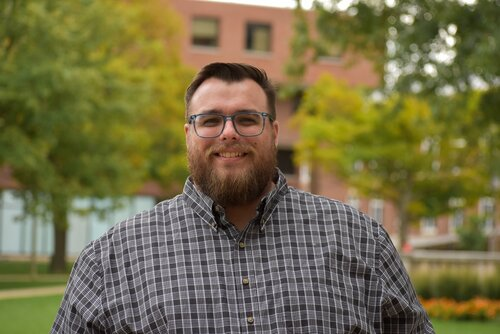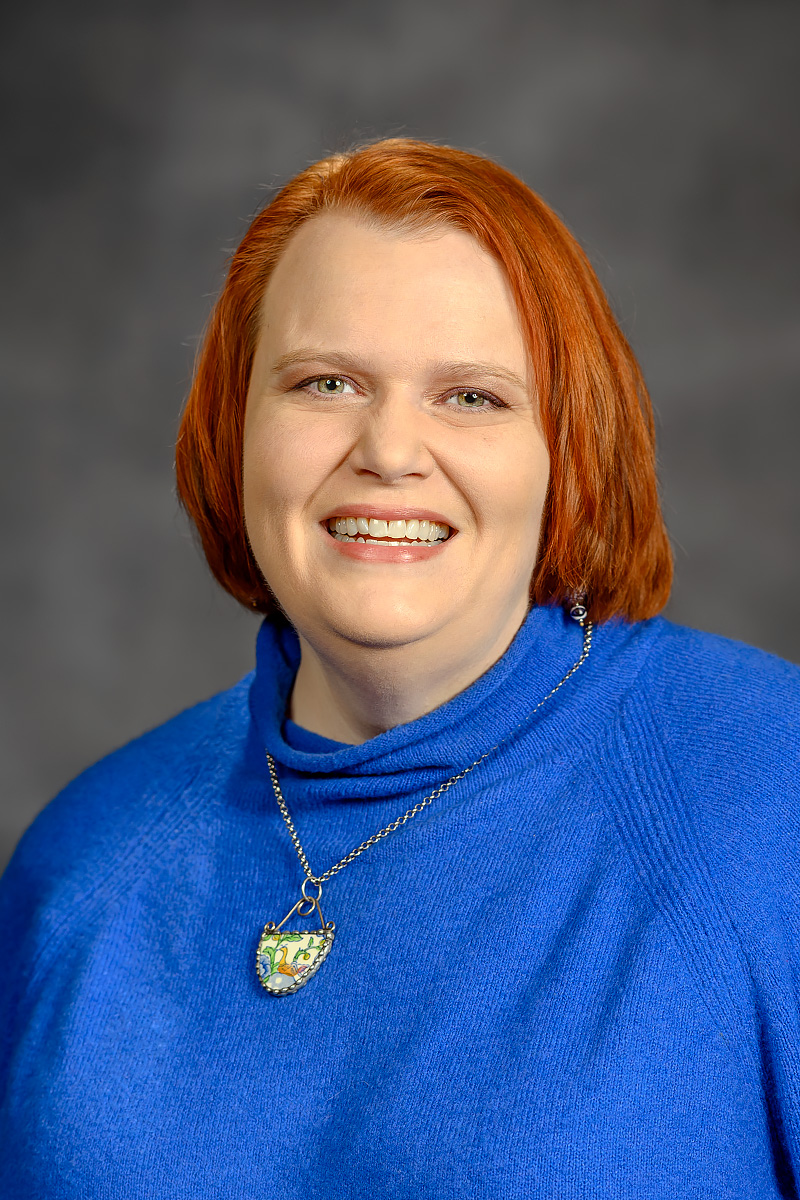
In this photo, (left) Amy Aldridge Sanford is with Tamika Palmer, the mother of Breonna Taylor, at a rally in Corpus Christi, TX, in February 2021
The convergence of scholarship and activism is not new, but within one of NCA’s fastest growing divisions—like in today’s Communication discipline—an evolved scholarship-activism has focused on finding solutions to real problems of human communication and creating spaces for those living and working at the intersection.
“That’s where we are. Our work is relevant, our division is open and inviting, we embrace the intersection of people’s identities. We can’t help but continue to grow,” said Amy Aldridge Sanford of the Association’s thriving Activism and Social Justice Division (ASJD), which she now chairs. ASJD formed in 2014 to promote scholarship (research and teaching) that explores relationships among communication, activism, and social justice.
Among its more than 800 members, Sanford said, the number of graduate students is climbing. Many said NCA responded to their call. They were in search of a network and community of scholar-activists like ASJD, often those in the Association who have paved the way for the work they want to do in the academy and in the community.
“In the last couple of years, under the leadership of the two chairs before me, we really elevated our focus on grad students,” Sanford said. “They are organizing, they are activists, they are scholars. They are our future, thank God.”

The division, Sanford added, also counts among its growing membership, “scholars, many of them first-generation immigrants to the United States and first-generation college students who really want their work to mean something. They want to make a difference in their communities. I think all of us who do this work want to give back and make a difference in our communities.”
ASJD member Michael F. Klajbor-Smith, a graduate fellow and graduate instructor at the University of Illinois at Urbana-Champaign, Sanford said, is one of those scholars who represents the field’s future. In 2022, Klajbor-Smith won ASJD’s Paper of the Year award for “#NeverAgain Means Never Again for Anyone: Jewish Memory and Legitimizing Radical Protest.”
Last year, he said, “Not only was my paper accepted, but I also found a home when I joined ASJD. I have the opportunity to learn from people like Amy and the many other activist-scholars in the division as I teach courses to help my students find their voice and speak truth to power.”
On the Path

![]()
Sanford, a vice provost and professor of communication studies at Middle Tennessee State University, has spent her adult life “advocating for the most marginalized in higher education.” For years, she said it was also work that she chose to do with and for those on society’s margins, often in communities of color as a White person.
“If you are preaching, it, you better be living it,” Sanford shared in an interview about her life as a scholar-activist.
Born in the mid-1970s, Sanford spent her preteen and teen years in a small, White, rural Oklahoma community with her mother, father, and younger brother. Looking back, she admits she was “clueless to the lack of diversity” that existed in her world. But where she lived was by design. Her parents moved the family from “Muskogee, a diverse city of 40,000, to a homogenous town of 1,200 to ensure that I did not attend middle school with nonwhites,” Sanford wrote in her 2020 book, “From Thought to Action: Developing a Social Justice Orientation.”
Written over five years, Sanford’s book reflects her journey to consciousness about social justice and activism. It began when she returned to Northeastern State University (NSU), her alma mater, to teach. These were among her first steps on that long journey: “I started reading. I educated myself on history and minority experiences,” she wrote in the book. Those experiences, she said, came full circle during her nine-year tenure at NSU.
“I taught and developed many consciousness-raising courses. I like to think that my undergraduate self would have taken those classes and reached full social justice consciousness before graduate school.”
On Understanding Social Justice and Becoming an Activist
Sanford offered this guidance on understanding social justice and activism in an online talk for her book, “From Thoughts to Action.” These are some highlights:
“I see social justice as a goal. It's a goal where we celebrate diversity and difference. We don't belittle it and we don't ignore it by saying things like, I'm colorblind. I see that as ignoring difference, not celebrating diversity. So, that's the first thing I want people to really think about when it comes to defining social justice. Likewise, social justice orientation is a journey for people that requires three parts: reflection, education, and then action. Those things can be done at the same time, but I think reflection and education need a lot of time before you move to action.
Reflection requires us to look back on our own journeys, the good and the bad, particularly if you're not a member of a marginalized group that you want to help and work with, you really need to think about your own history with that group and how you've been racist or homophobic or ablest or ageist. The second component is education. It requires that you develop empathy for people whose journey is different from your own. So, you want to read about other people's stories, watch documentaries, and you want real relationships with people who are different from you without leaning on them too much to educate you. Then, the last of the three parts is the activism. It is very dangerous to move to activism before you've done the first two items, especially if you're from a privileged group. Activists really must have some humility.”

